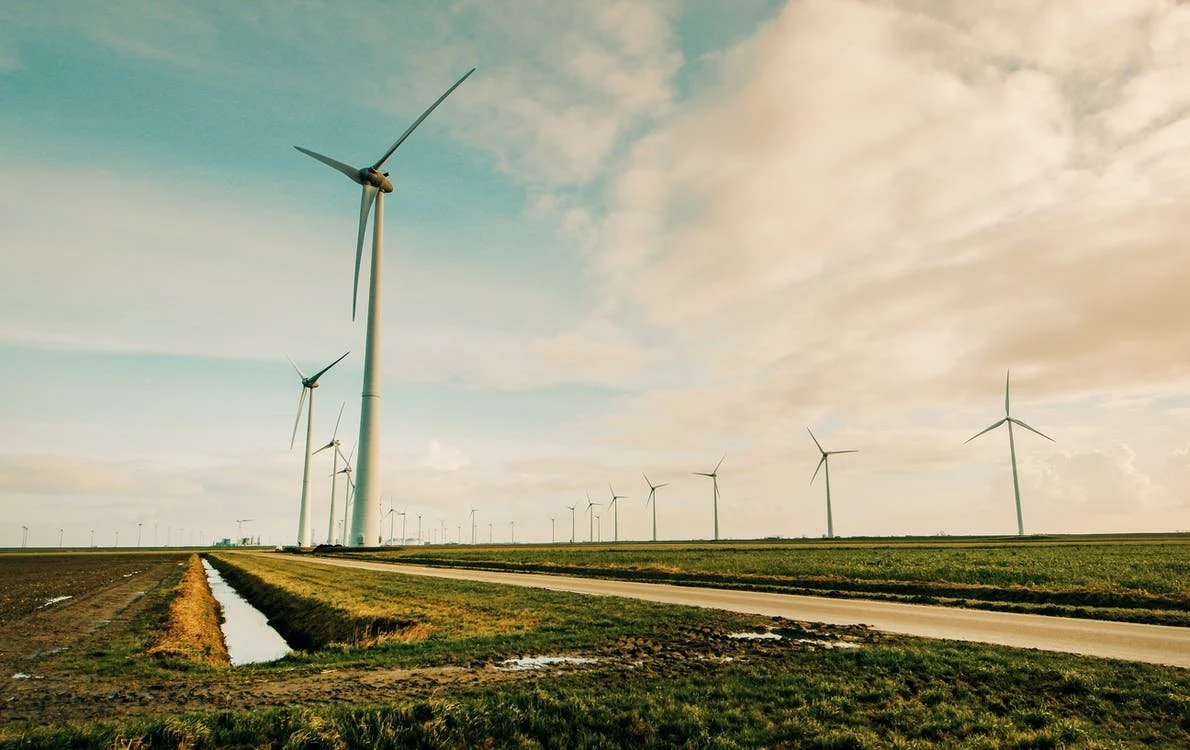by Liddy Grossman
On August 16, 2022, the United States Senate passed the Inflation Reduction Act (IRA), a landmark bill for fighting climate change after decades of inaction. The $370 billion bill prioritizes investments into clean energy infrastructure and climate change mitigation through technologies such as wind and solar. Despite passing in the Senate without bipartisan support, the IRA is the largest federal investment for combating climate change in history, marking a huge win for climate action in the United States. So what exactly does the bill aim to tackle?
Through a collection of tax credits and investments in clean energy infrastructure, the IRA will enable the U.S. to cut emissions by 40% by the end of the decade, establishing the United States’ hopeful leadership in the climate movement. While not in perfect alignment with Joe Biden’s unpassing “Build Back Better,” a bill with a goal for reducing U.S. emissions by 50%, experts believe that strict state-led action can fill in the noticeable gaps.
Projected levels of greenhouse gas emissions in the United States before the signing of the IRA and after.
Source: New York Times
The Inflation Reduction Act plans to achieve its climate goals mainly through investing in clean energy infrastructure. These technologies include wind and solar–which are expected to double in number by the year 2030–as well as batteries, hydrogen fuel cells, and carbon capture and storage facilities.
The IRA maintains a strong emphasis on achieving climate goals through tax credits. Over the next ten years, the IRA would invest nearly $400 billion into tax credits on everything from electric vehicles to in-home solar installations. Owners of electric vehicles are expected to receive up to $7,500 for new vehicles and $4,000 for used vehicles. Additionally, the IRA plans to give credits to homeowners for upgrading in-home appliances to more energy efficient models. According to National Public Radio, individuals can receive up to
In addition, $60 billion has been set aside to encourage energy efficient manufacturing, and in 2024, penalties for exceeding methane emissions limits will be enforced.
In spite of this, the Inflation Reduction Act is definitely not a complete savior for the climate crisis. The bill comes with many drawbacks, including the potential for emissions to increase in already vulnerable frontline communities. In order to secure the support of Senator Joe Manchin III of West Virginia and Senator Kyrsten Sinema of Arizona, the bill included provisions that would allow for new oil and gas development in the Gulf of Mexico and the Cook Inlet in Alaska. While the bill aims to offset these shortcomings through development of carbon capture technology, it still leaves BIPOC, low-income, and historically marginalized communities at high risk.
Despite its loose ends, the Inflation Reduction Act is nothing short of being one of the most impactful and powerful bills to be passed in recent history. Despite the obvious signs of climate change and the undying support for the climate movement, decades of denial and inaction have endangered the lives of millions, both within the U.S. and around the world. To finally witness necessary action being taken to address these issues is, quite literally, a breath of fresh air.
There is still a tremendous amount of work to be done, and we at Climable encourage you to keep learning and acting on these matters. Check out this great video by Hank Green to learn a little bit more about the inner workings of this bill. If you live in Massachusetts, visit MassSave to learn more about how you can earn tax credits and rebates for upgrading to energy efficient appliances and services.
Banner image by Tom Swinnen from Pexels



